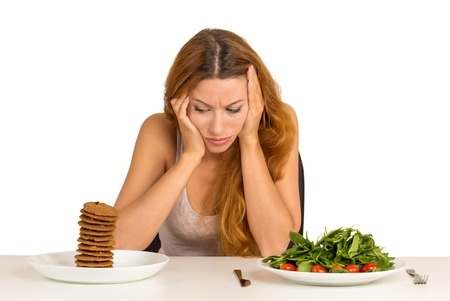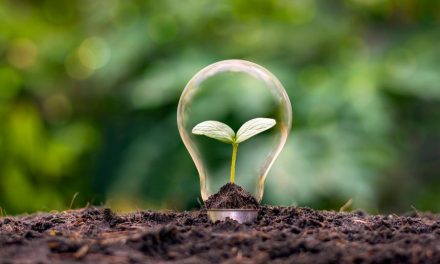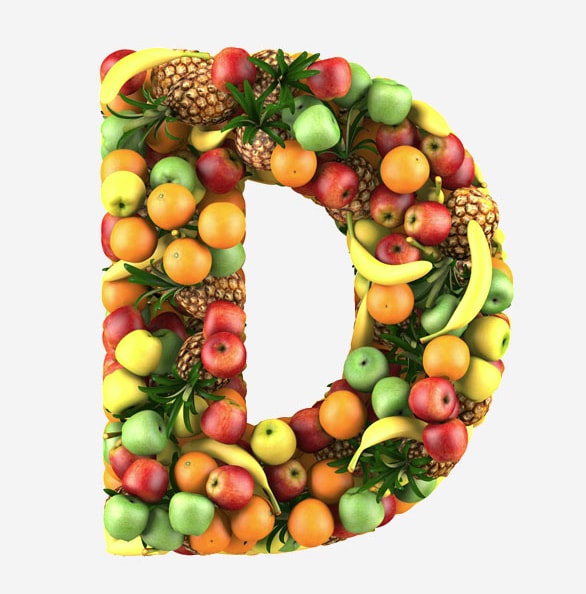It’s a frequently asked question and may come down to preference but it’s a topic that needs to be addressed. Which is healthier for you: juices or smoothies?
While both are good for you, some people may prefer to choose juices believing they receive more nutrients in this form than from drinking a smoothie. There is no right or wrong, but it’s good to have all the facts before making a decision in regarding to investing in a blender or a juicer…
The Benefits of Juicing
The fiber from the foods is removed during the juicing process and without this, the digestive system doesn’t need to work so hard to break down the food and absorb all of the nutrients. The nutrients also become more readily available within the body and in much larger quantities than if you decided to eat the fruits and vegetables within their whole form.
Freshly squeezed vegetable juices in particular should form the major part of this healing process within detoxification programs. This is because vegetable juices are nutrient rich and nourishing, meaning they can restore the body at a cellular level.
The downside of this is that the lack of fiber can mean that many people constantly feel hungry while on a juicing diet as they never feel full.
The Benefits of Smoothies
Smoothies are different to juices as they use the entire fruit or vegetable, including the skin in the blending process. This can take the fibre apart but also creates a slow release of nutrients into the bloodstream, therefore preventing any blood sugar spikes. This sustained release is better for you overall. Insoluble and soluble fiber remain within a blended smoothie and this can slow down digestion, helping to keep you feeling fuller for longer.
It’s a good idea not to blend just any fruits and vegetables together however as this can affect how well the digestive enzymes function. Fresh fruits digest quickly, whereas vegetables can take different times to digest and this can cause fermentation and gas. This doesn’t provide as many nutrients within the body than if it had gone through on its own.
It’s recommended not to mix dry or sweet fruits like bananas, dates and persimmons for example, with acidic fruits like oranges and tangerines. Fatty foods like avocados, nuts and seeds should be eaten after fruit meals. Apples, bananas and carrots are exceptions to the rule when it comes to food combining and they can be combined with green leafy vegetables perfectly well.
It’s important to try and drink the juice or smoothie as soon as possible as after 15 minutes the light and air start to destroy the nutrients. It’s integral that the right equipment is used for this process. This means investing in a good quality juicer that can produce a superior quality juice, allowing you to extract more from the fruit and vegetables in the long term. These machines can last a long time and are designed to ‘squeeze’ out the juice when compared to the centrifrugal juicers.
Whatever your choice, it’s important to focus on the benefits of doing juices or smoothies on a regular basis for consistent results. Whichever method you decide on to get more fruits and vegetables into your diet, they are both positive choices and good for you in the long term. It therefore ultimately comes down to your current situation and individual preferences as to what you choose to go ahead with.





Which is best for diabetics, juicing or smoothie, I would have thought smoothies, but could you clarify that for me please, Oh, I am type 2, no meds, diet and supplement controlled.
Neil,
Yes, correct, smoothies.
Robert